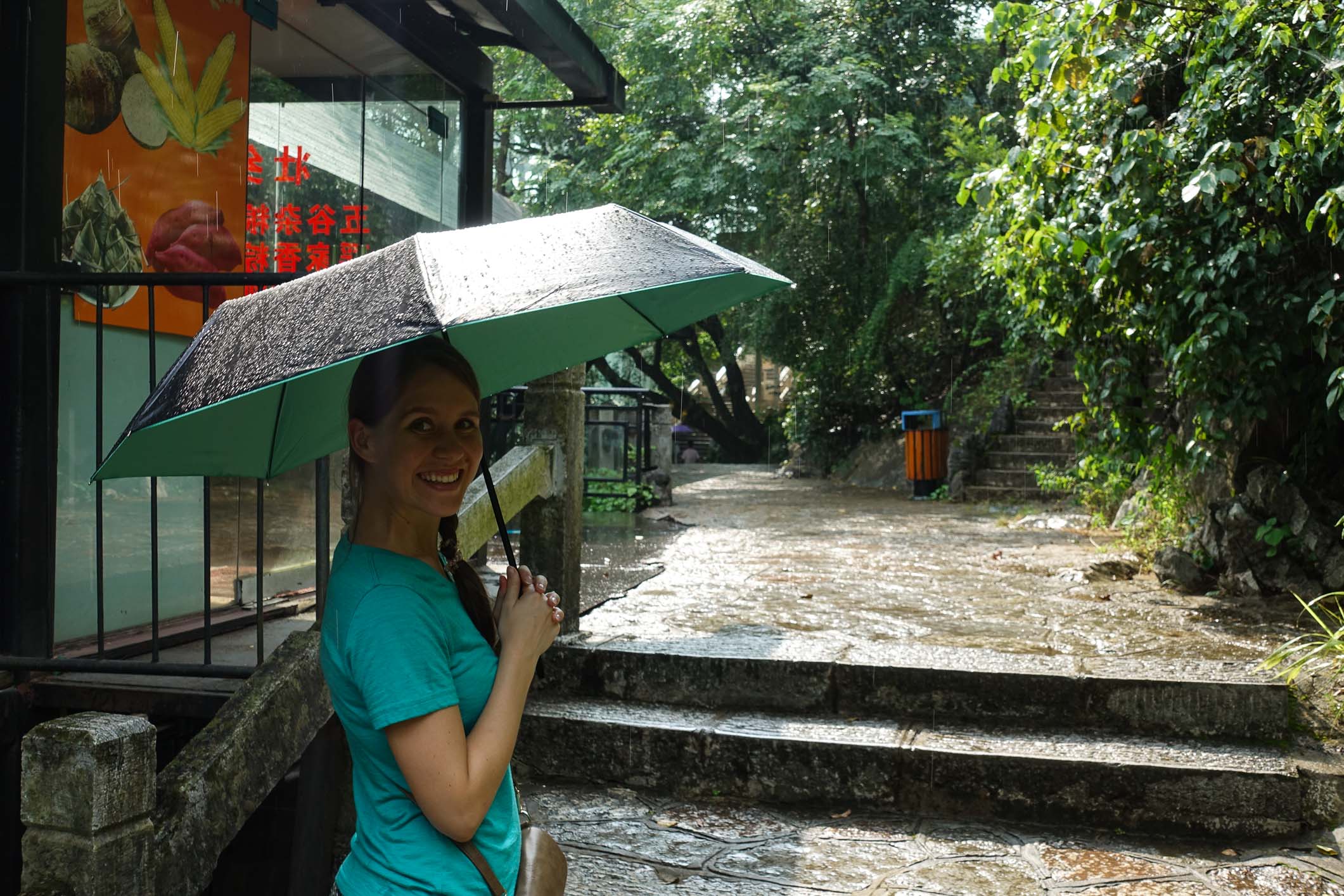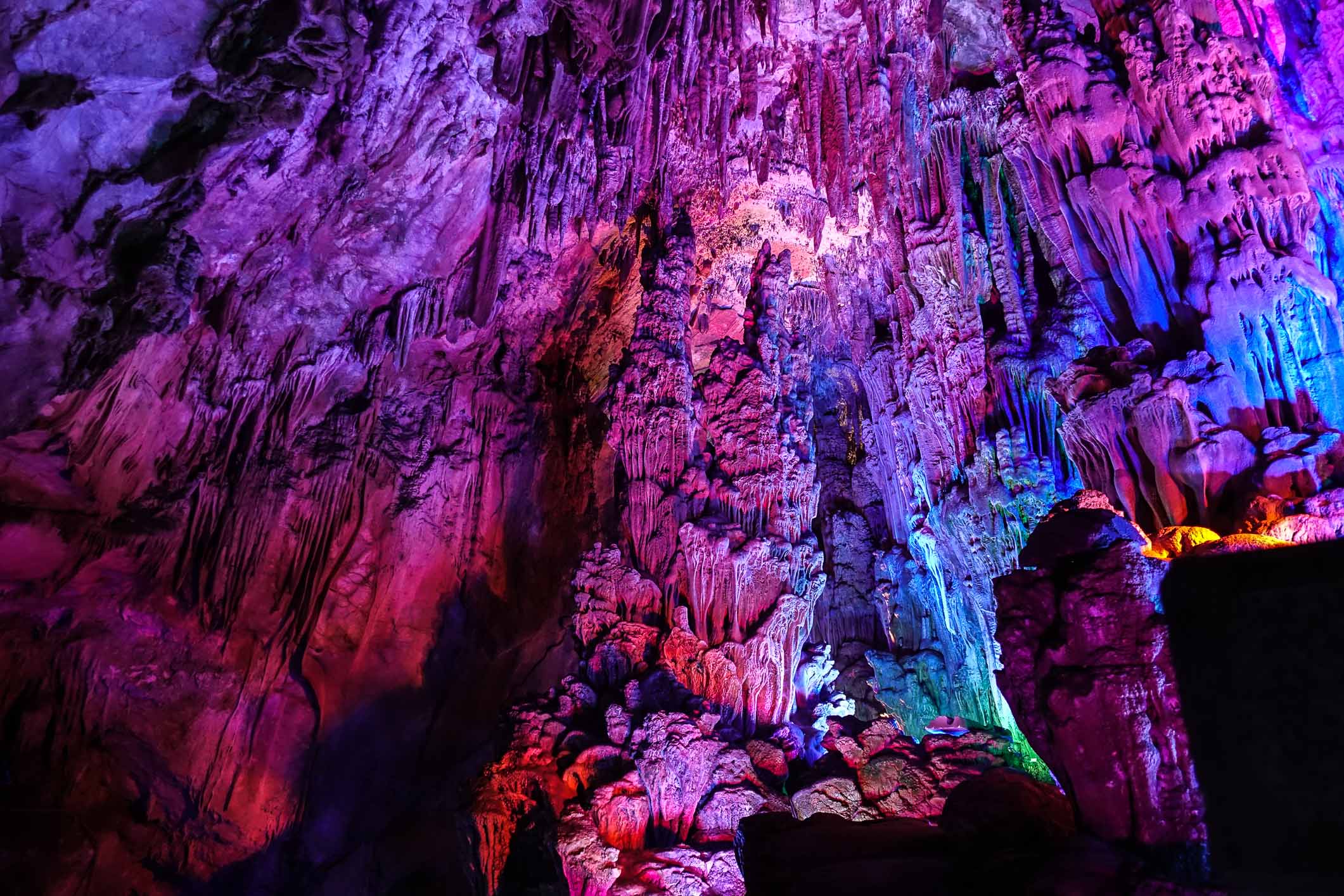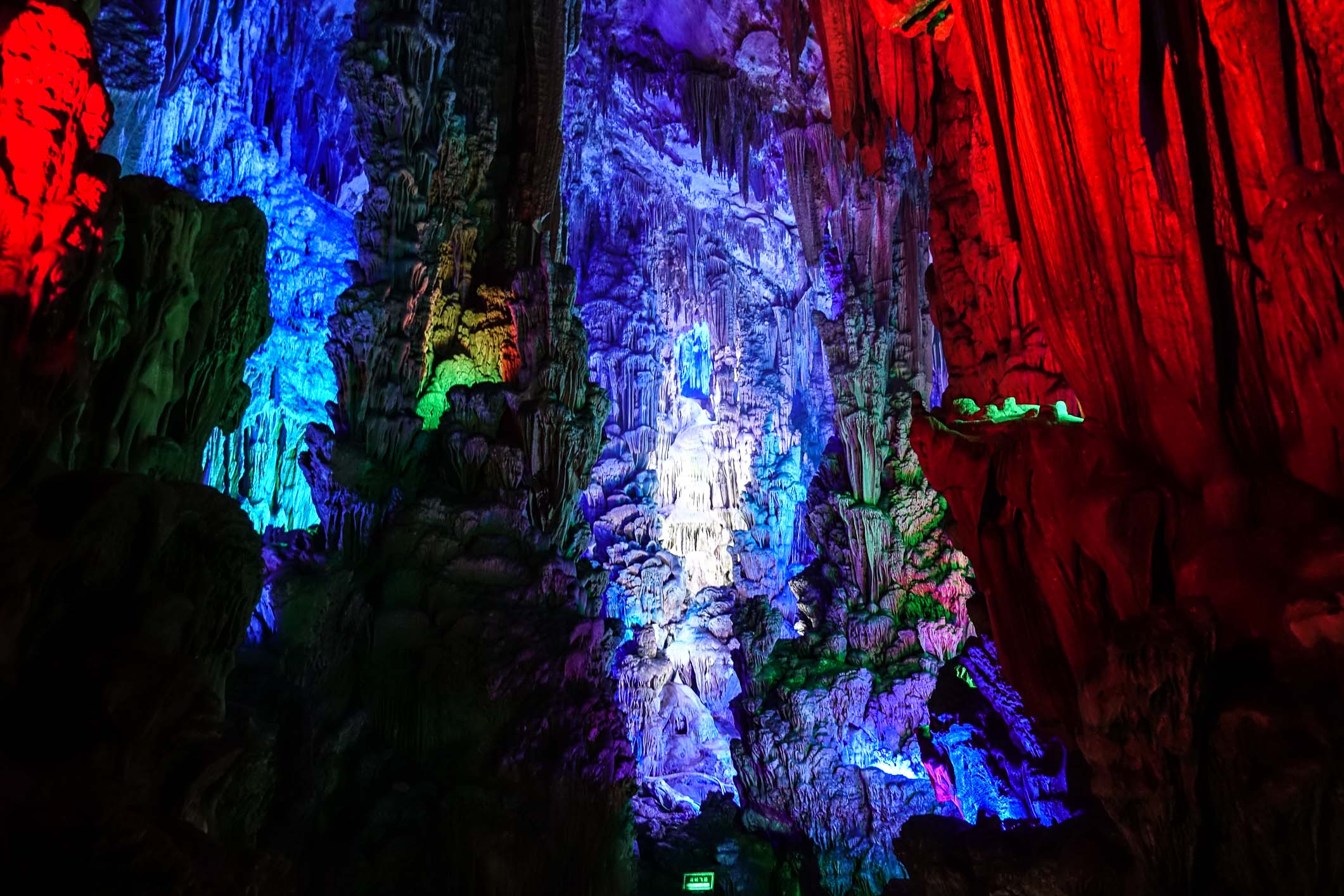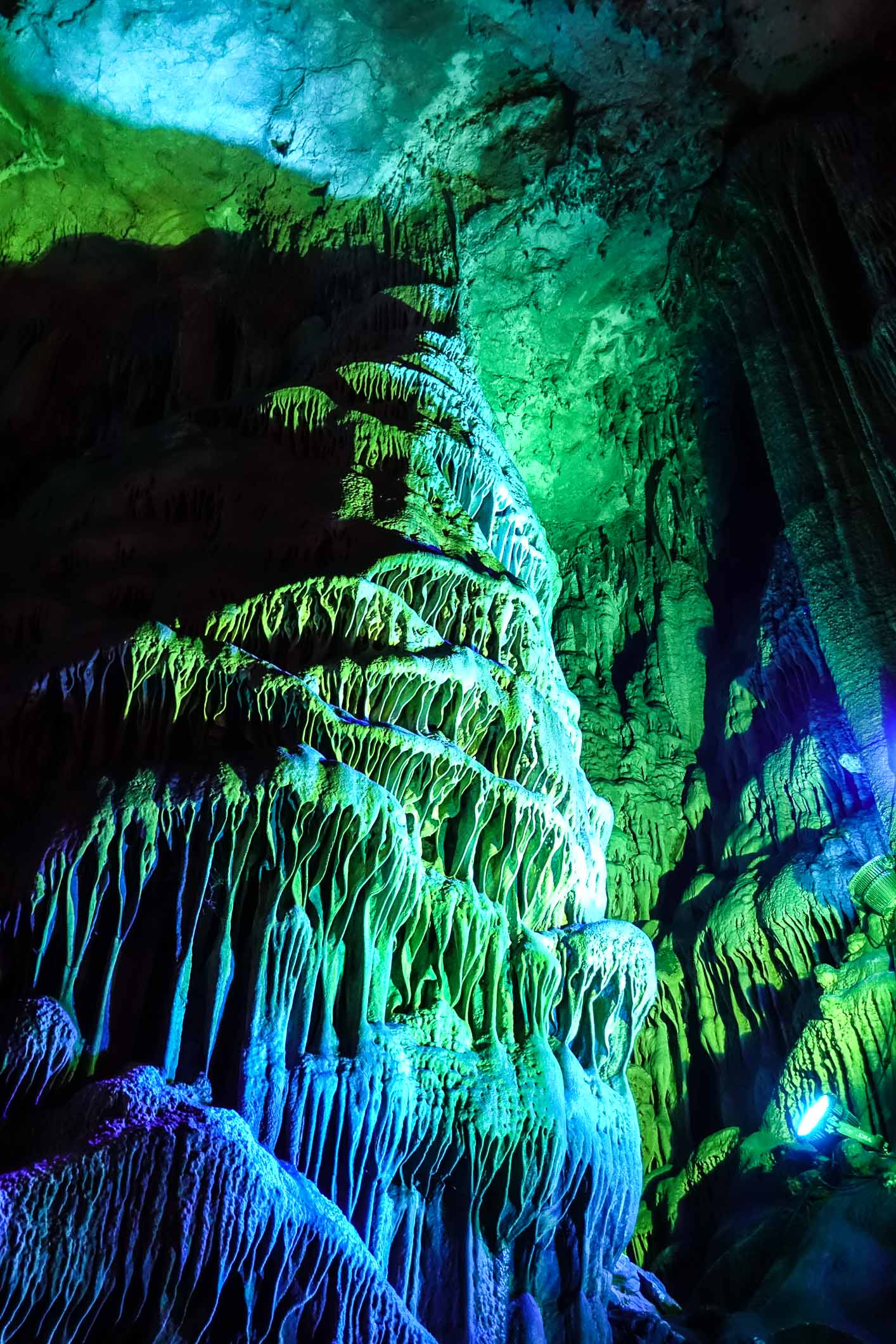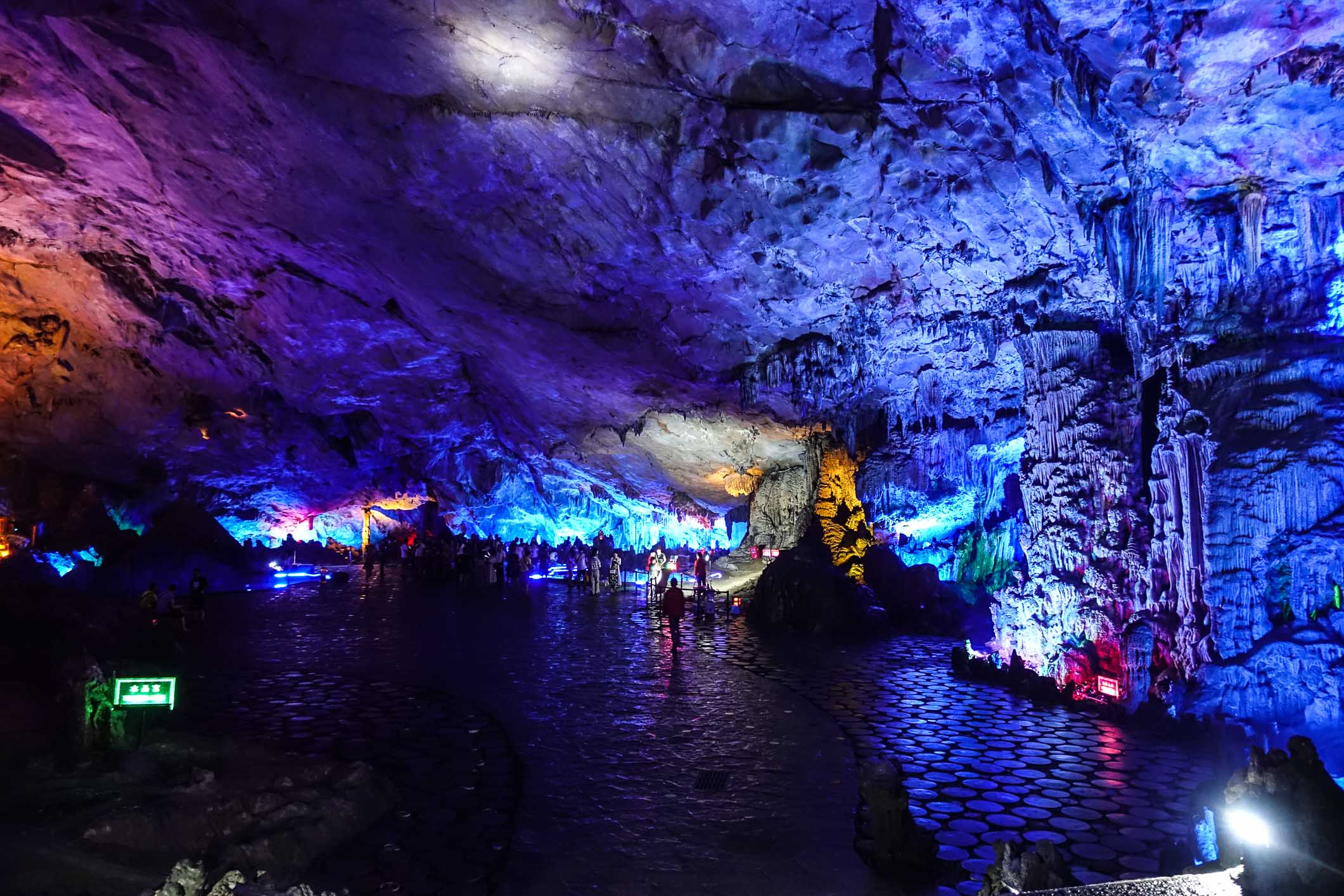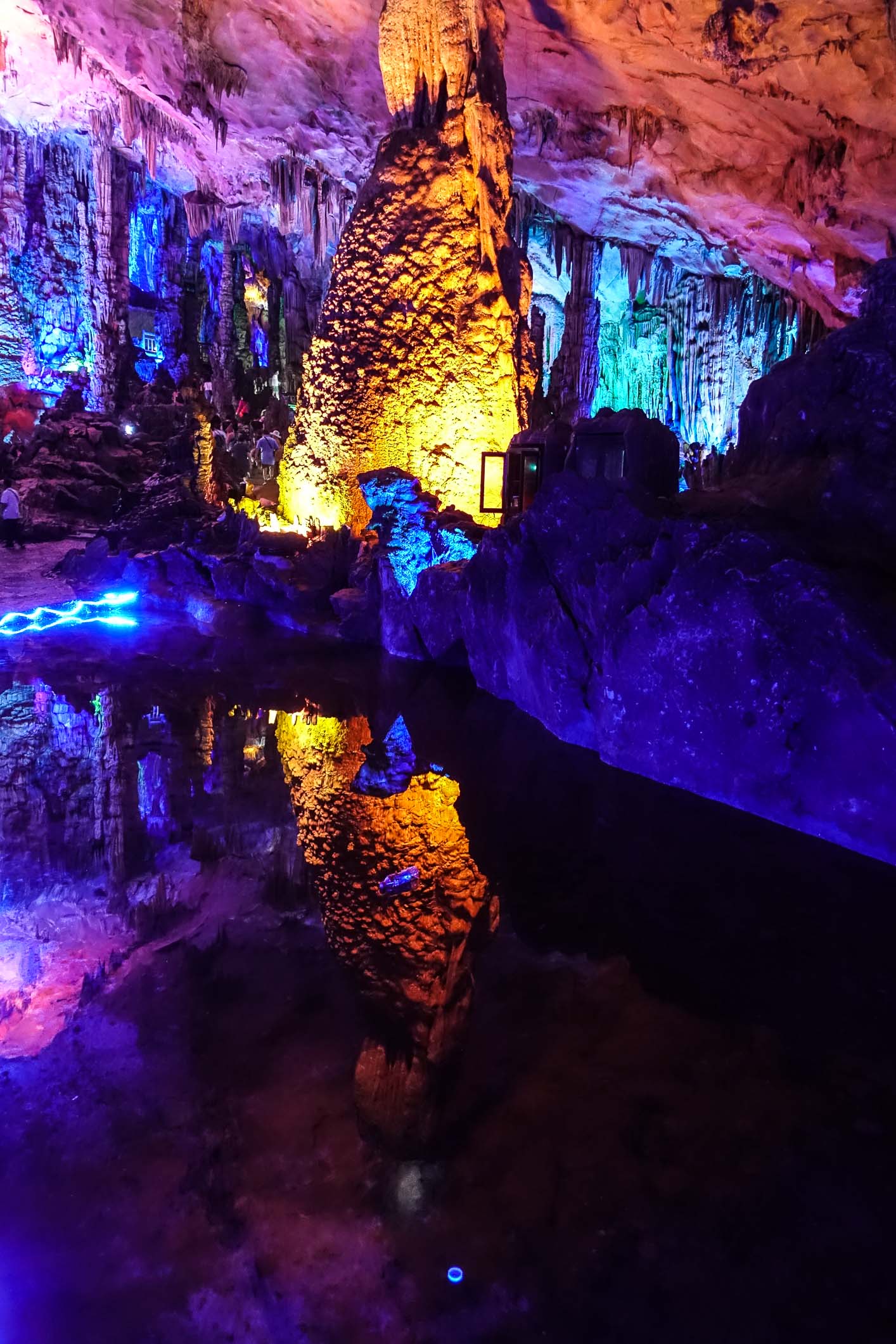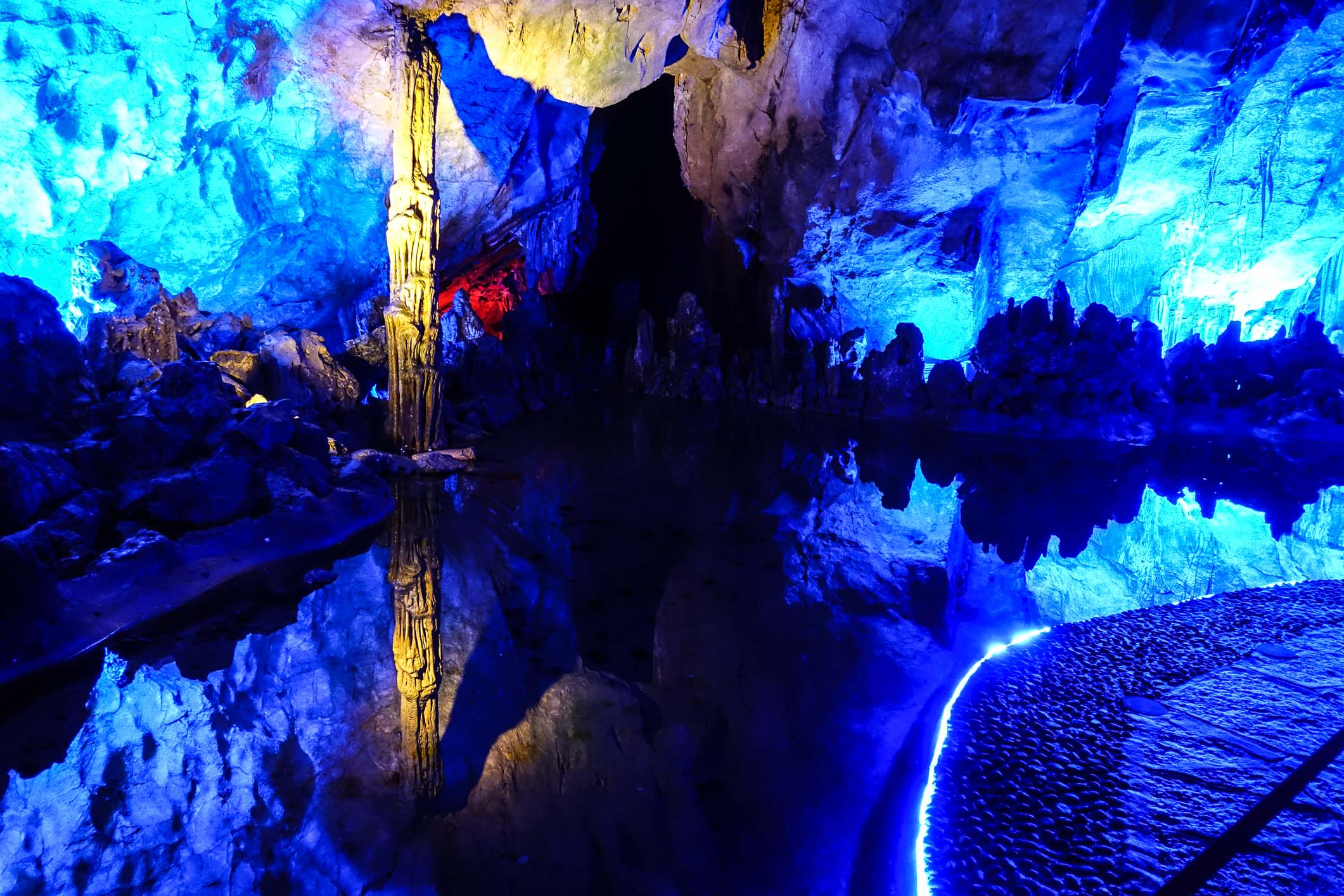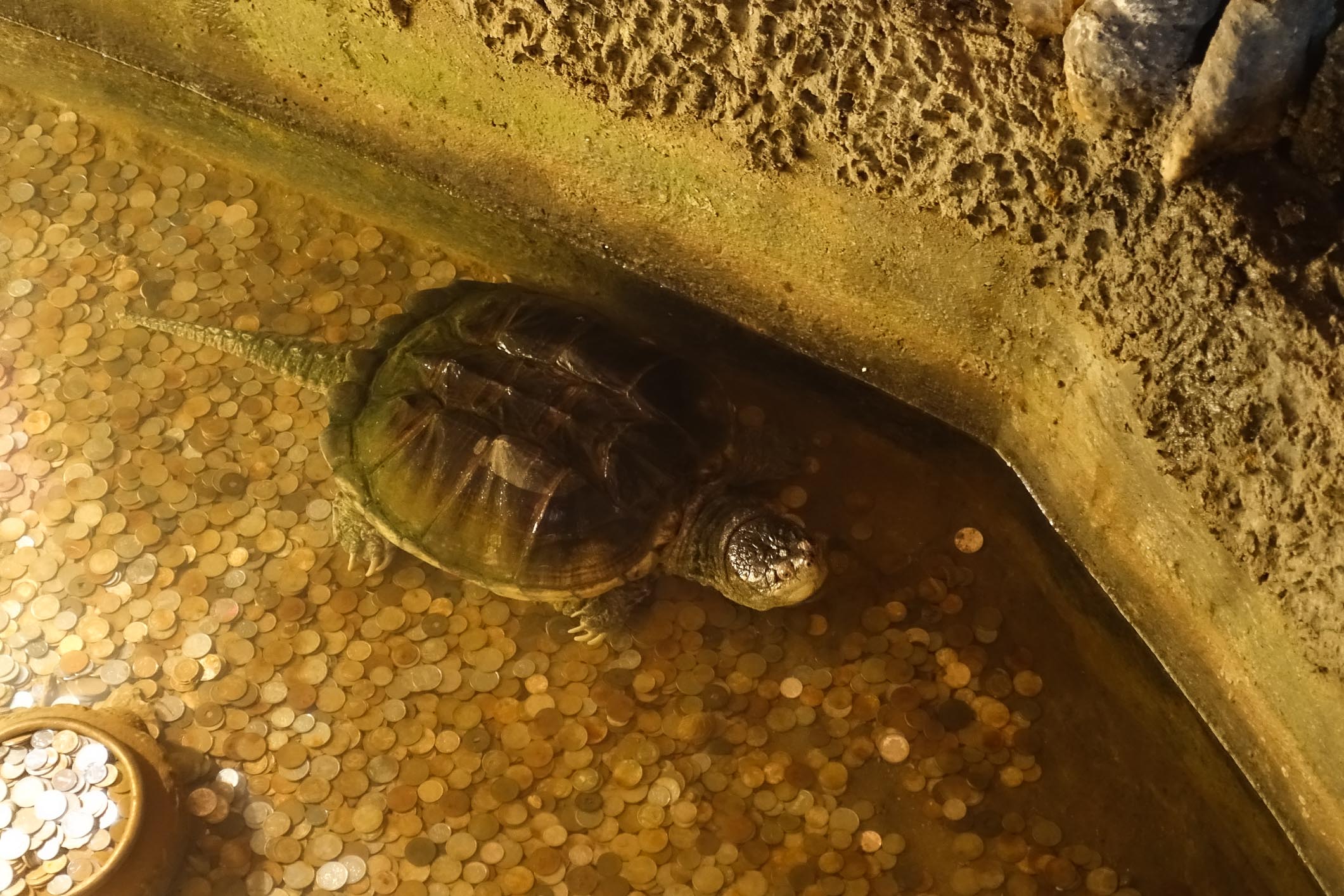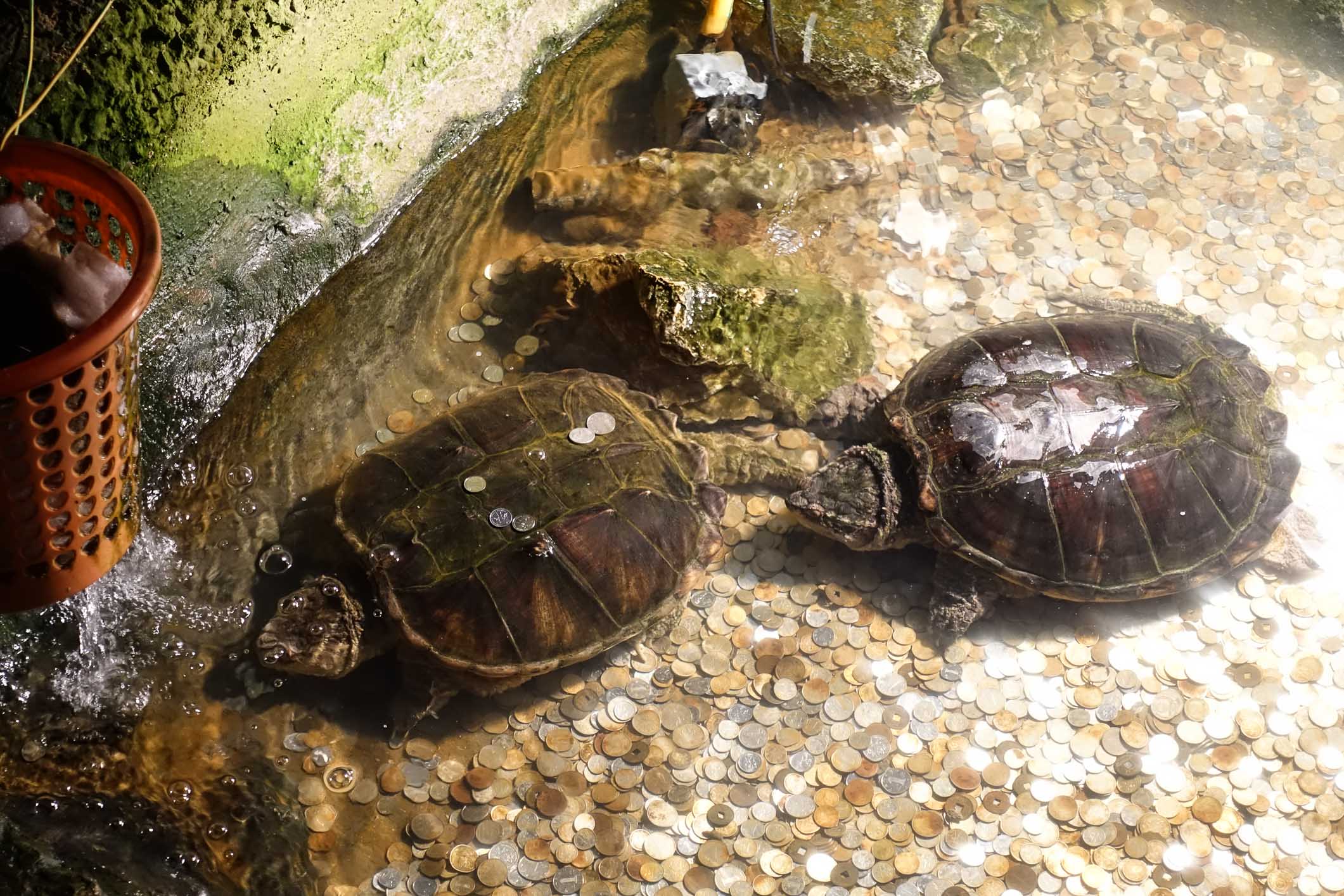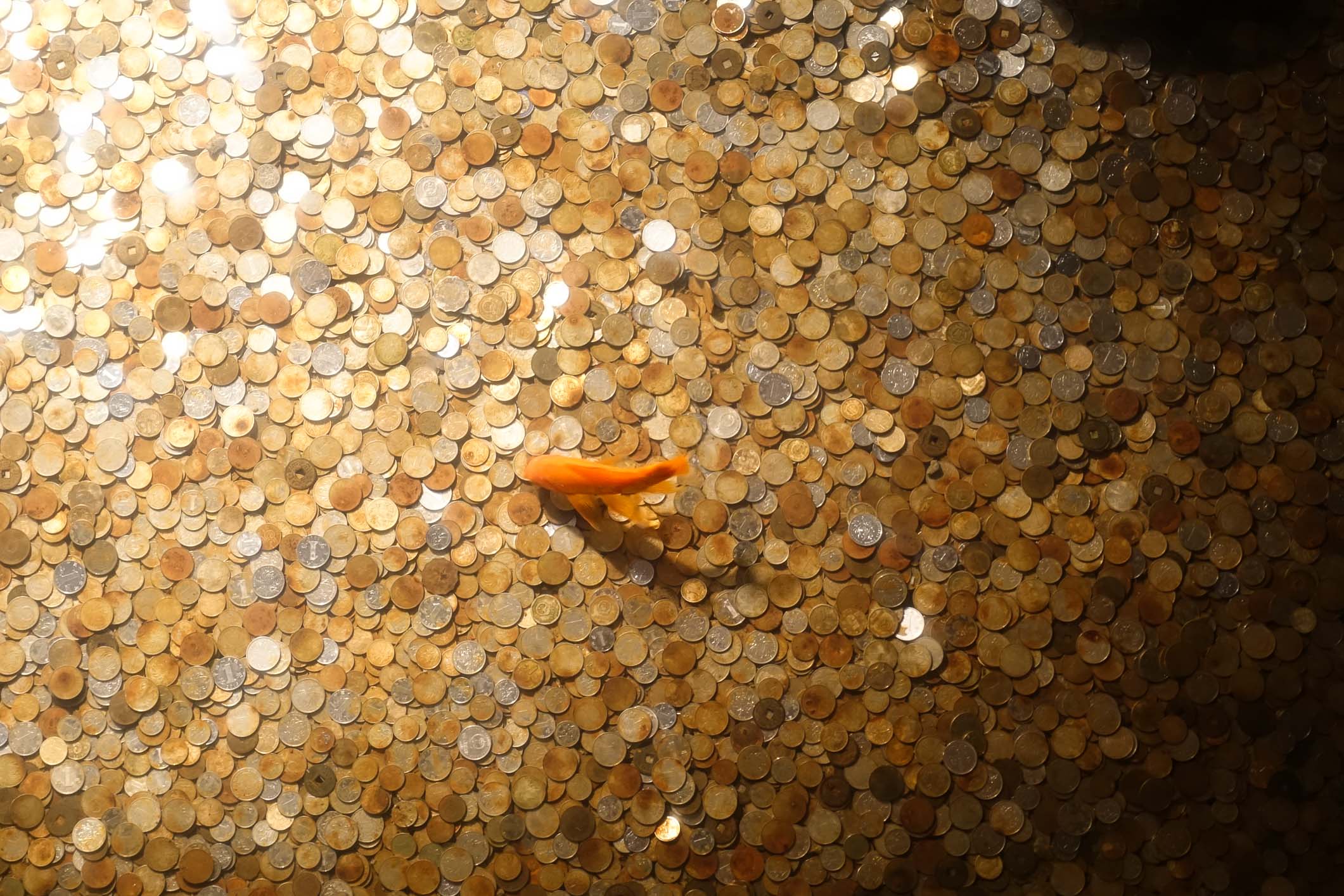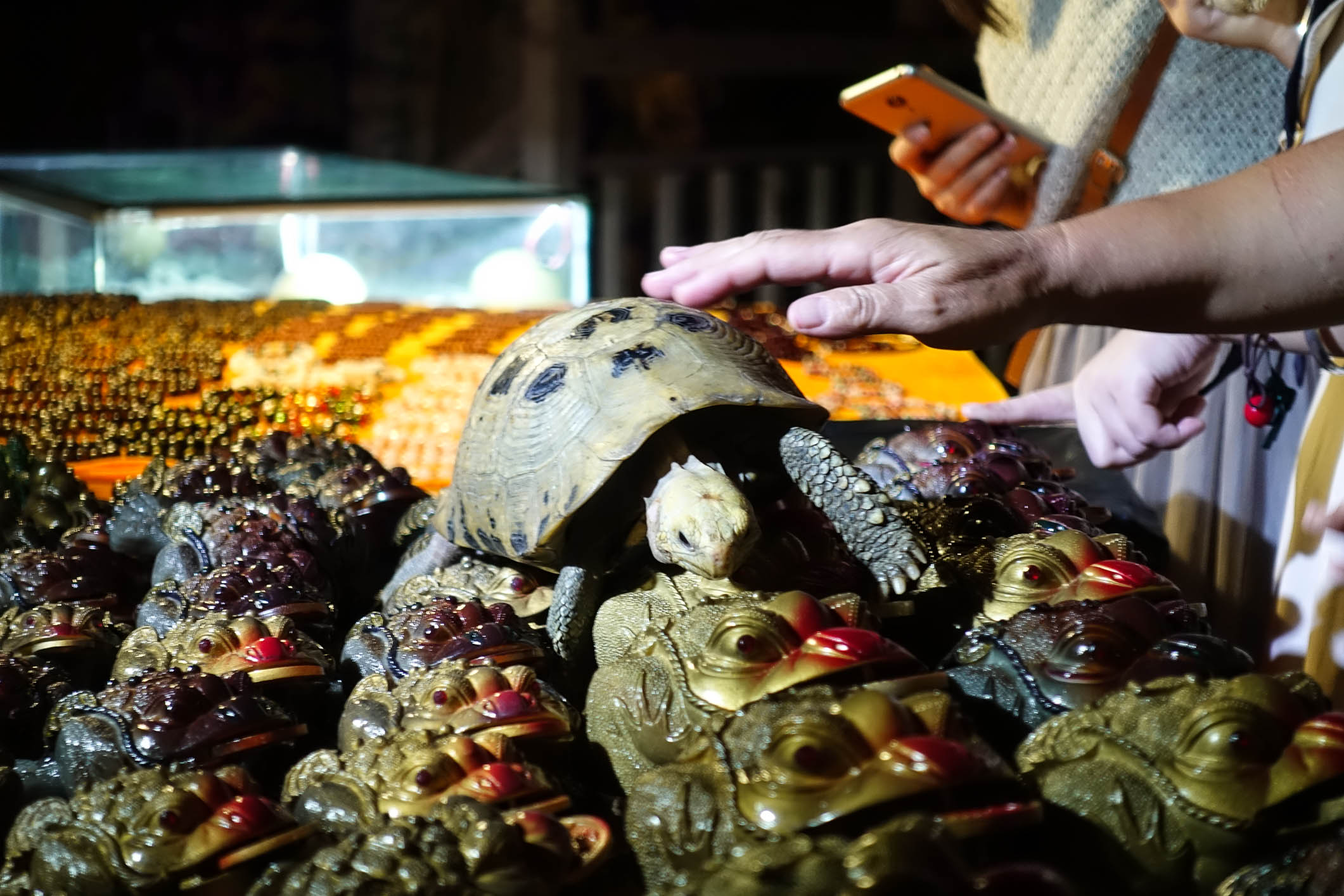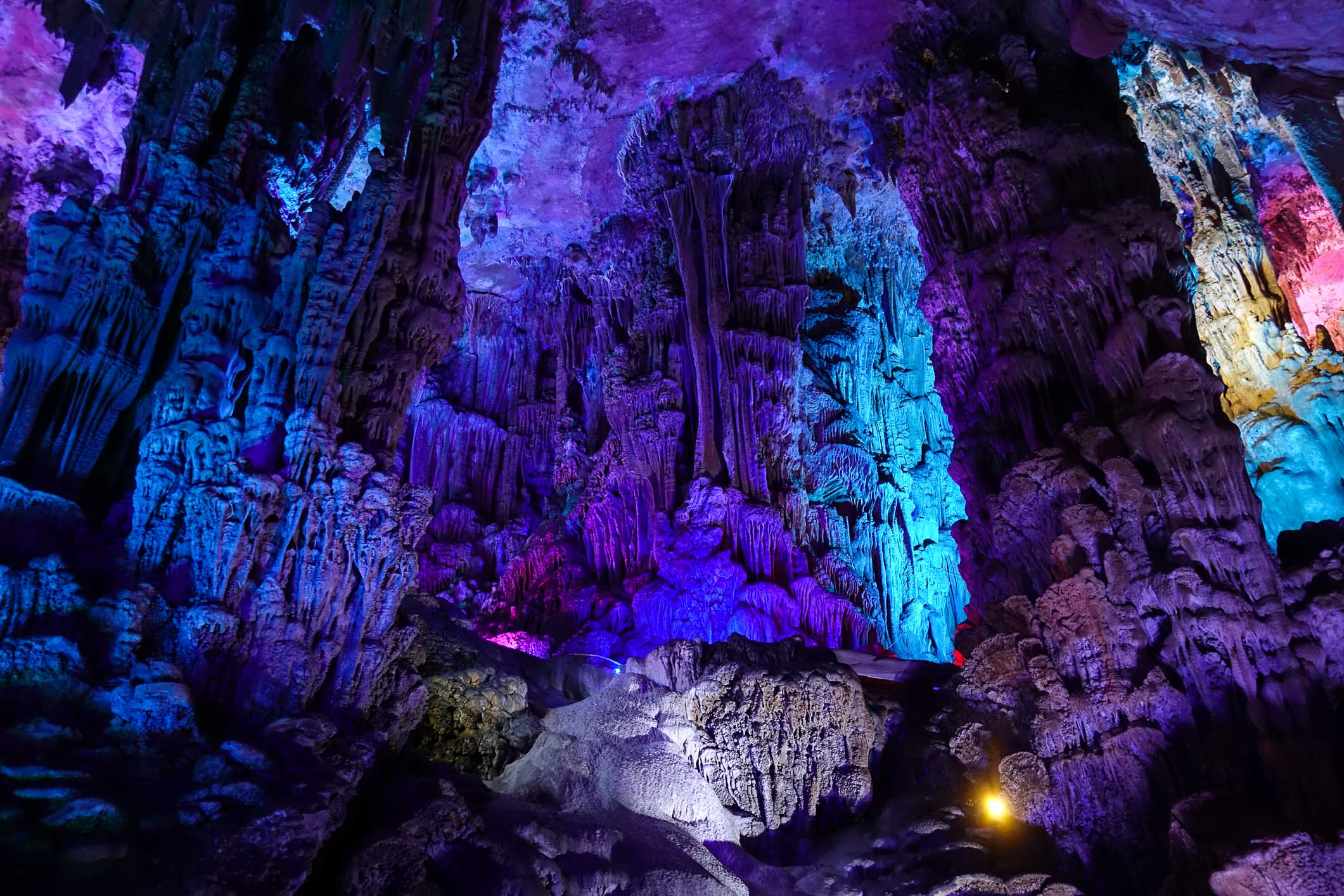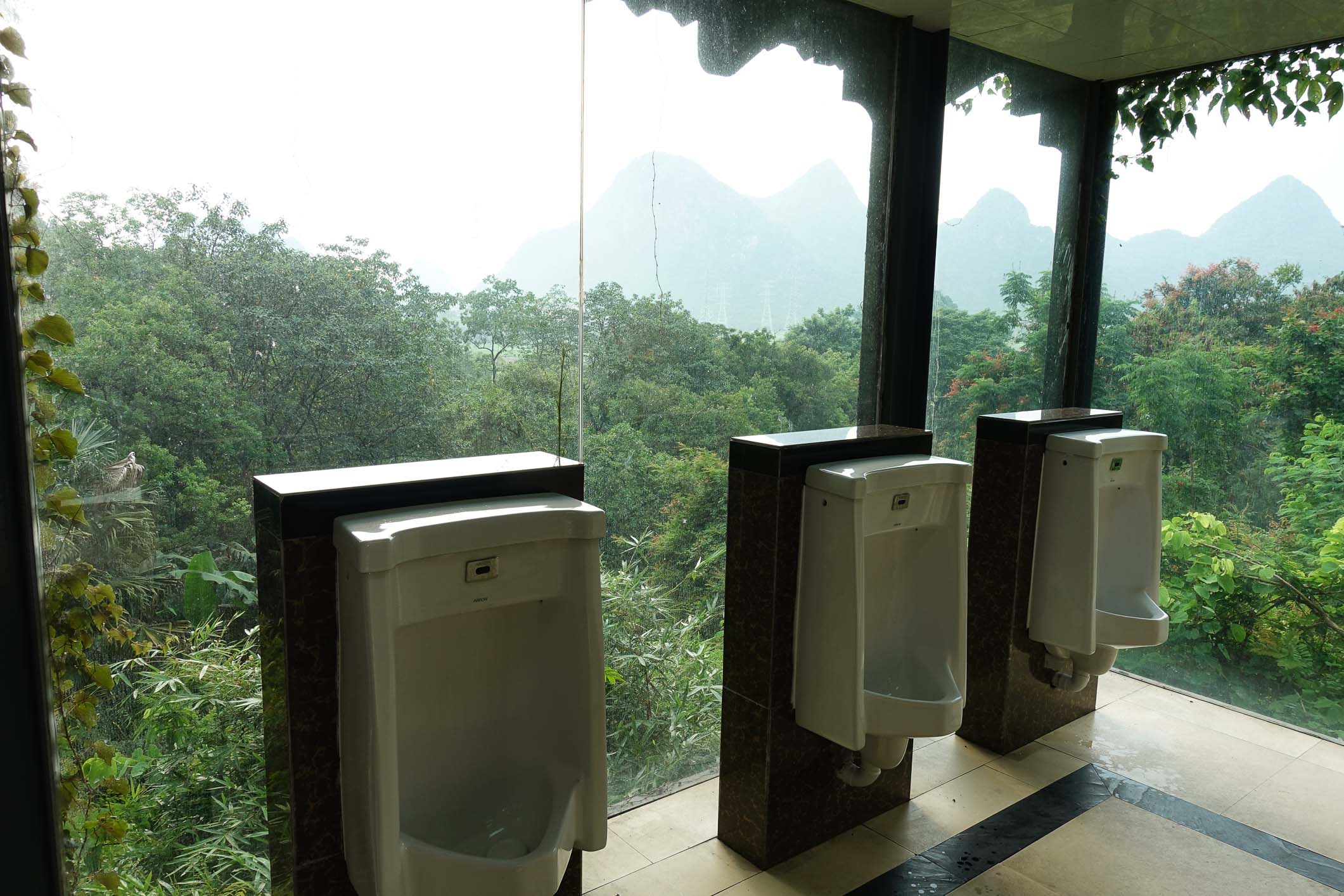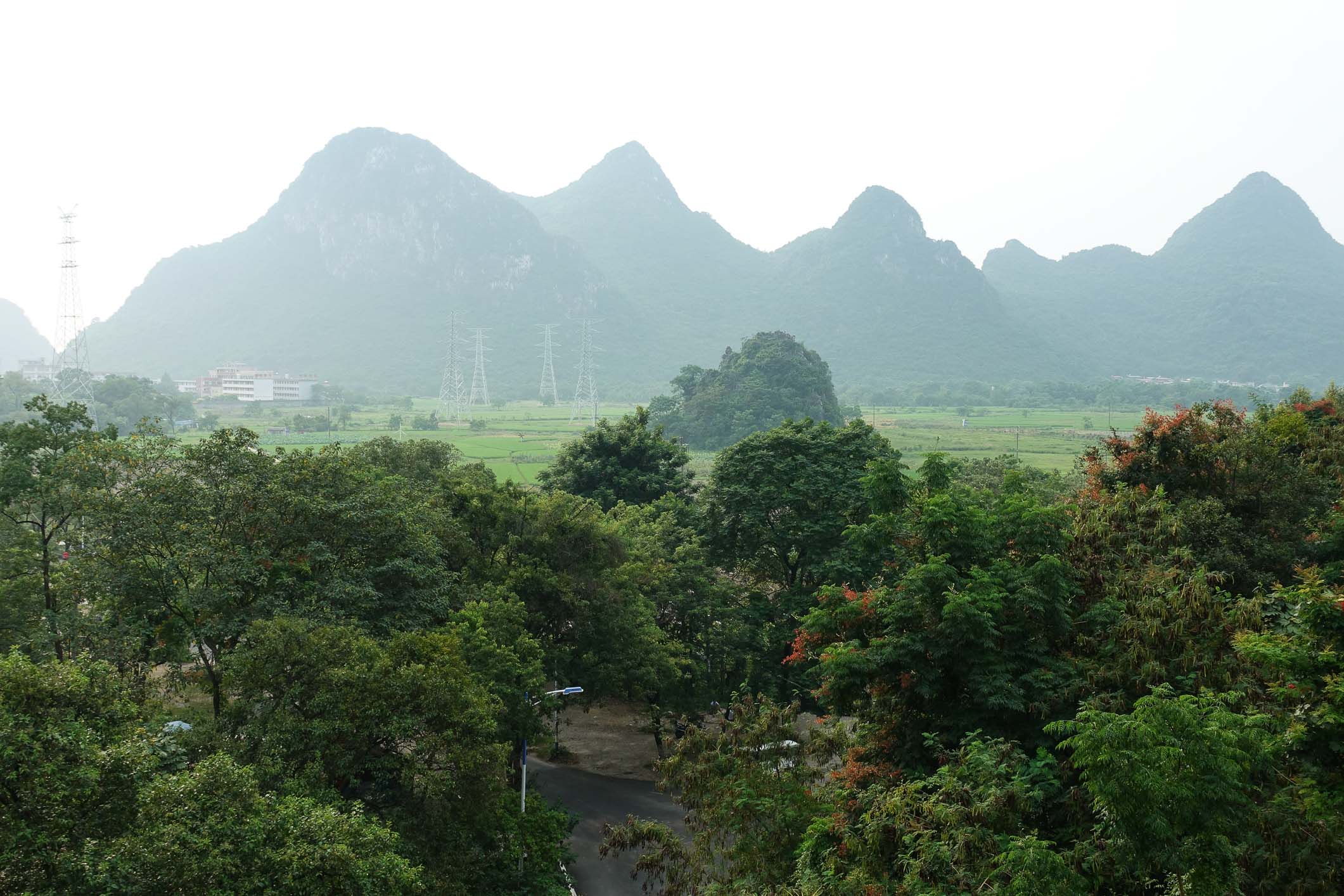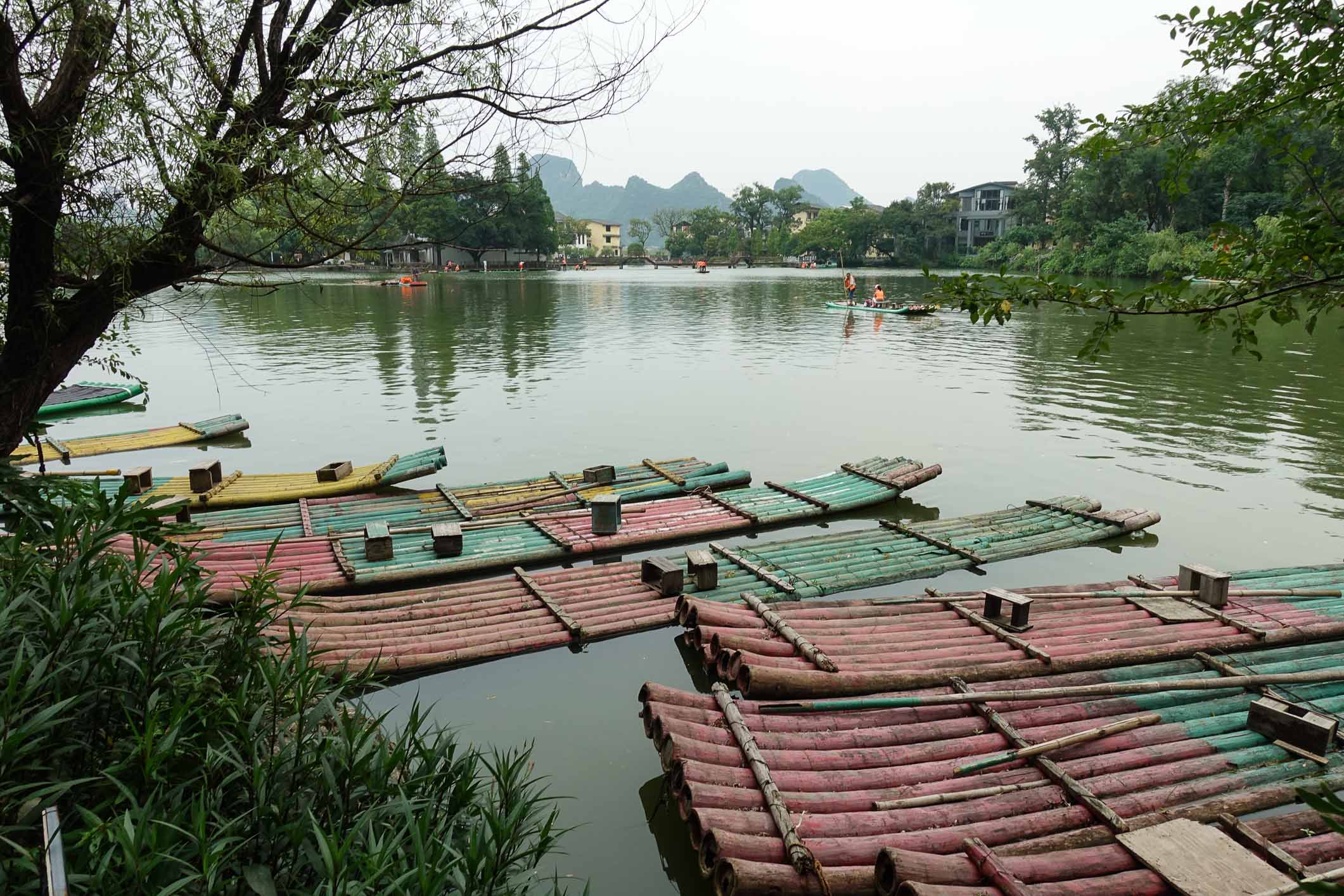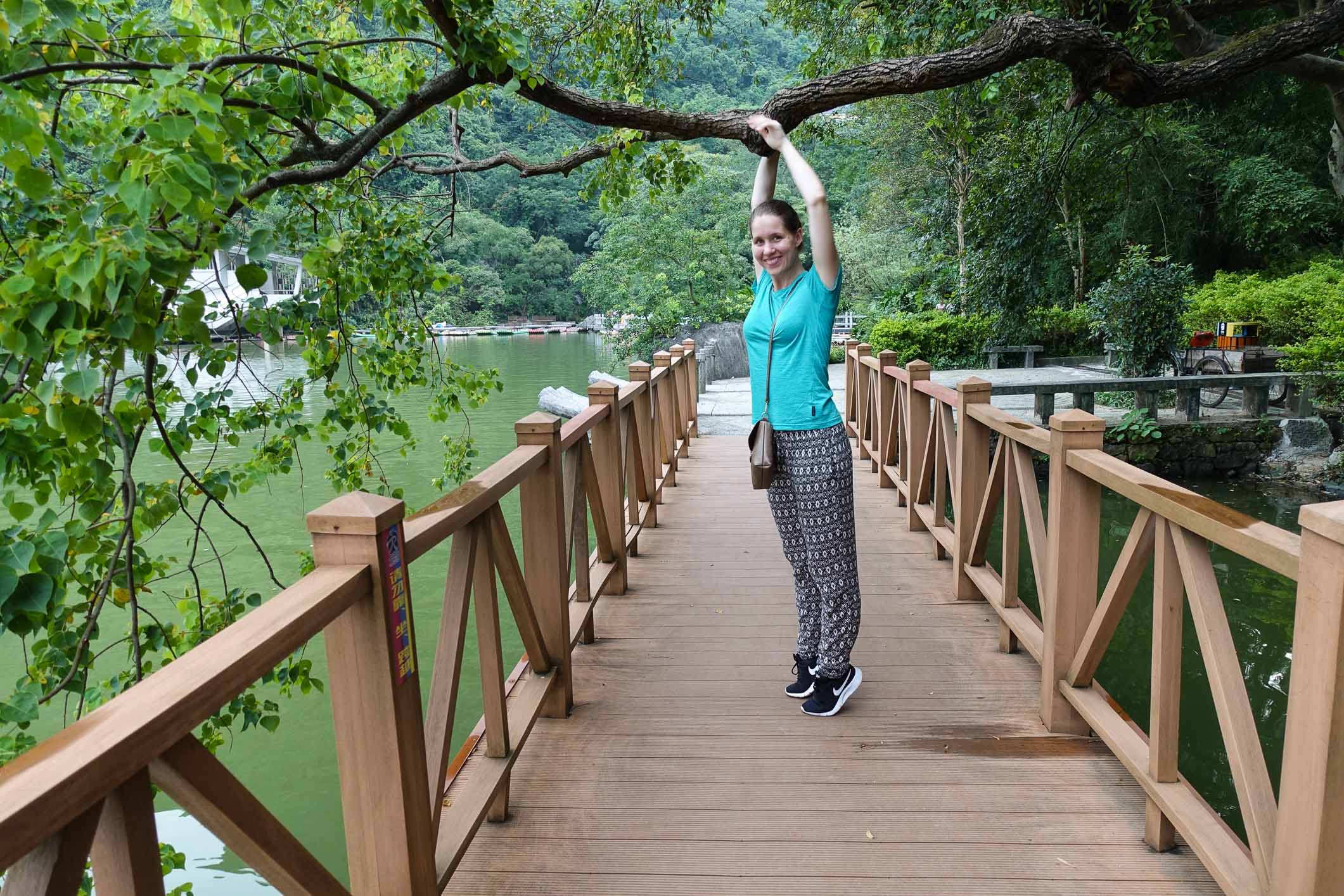Következő állomás utunkon: Guilin, a karszt hegyek városa.
Next stop on our itinerary: Guilin, famous for its karst landscape.
Hajnalok hajnalán | Early morning
Guilinbe a gépünk olyan korán ment, hogy amikor felkeltünk a szüleink még mindig vacsoráztak otthon. Az ébresztő 3:55-kor keltett és még félálomban ugyan, de sikerült elérni a 6:35-ös gépet. Miután landoltunk felszálltunk egy buszra ami a városba vitt, és már útközben realizáltuk hogy a világ egy különleges pontján vagyunk. Buszablakból kinézve óriás sziklatömbök ágaskodtak az ég felé amerre láttunk. Megkerstük a hostelünket, ahol szerencsére már kész volt a szobánk így szundítottunk egyet.
We had to wake up so early that in Hungary our parents were still having dinner. With our alarms going off at 3:55, we half-awake managed to find and get on our 6:35 flight to Guilin. Taking an airport bus into the city, we already knew we were in a special place as huge, steep mountains popped up from the ground. Our first order of business was to head to our hostel and check in - luckily they already had our room ready, meaning we could take a much needed nap.

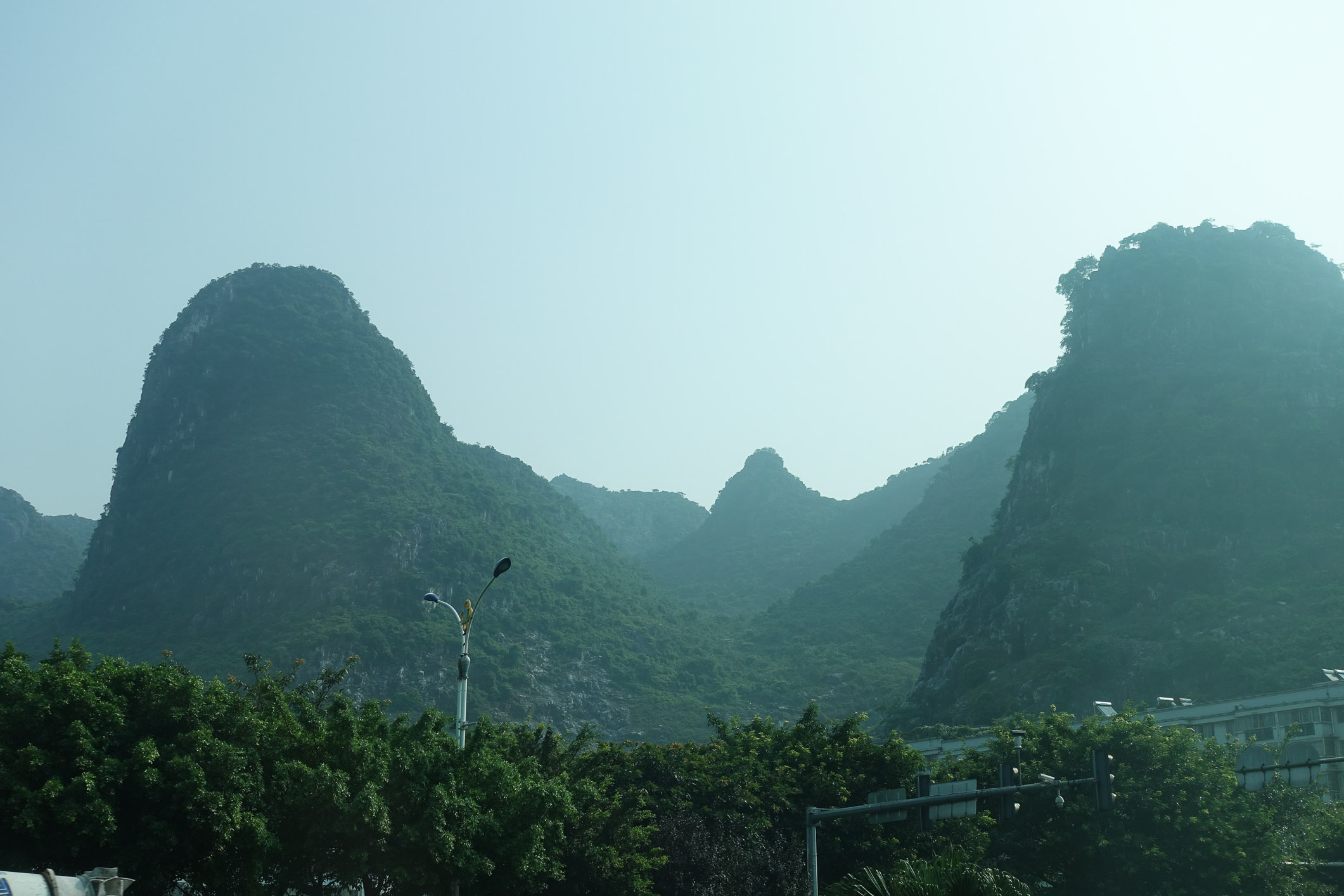
Guilin
Maga a város nem túl érdekes, pont mint egy hasonló méretű másik kínai város. Az emberek inkább a környező táj szépsége miatt látogatnak ide, például a város központnál lévő ivó elefántot formáló sziklát jönnek megnézni. Ugyan ez egy fő látványosság, mi mégse mentünk be mert a belépő díj elégé borsos volt ahhoz képest hogy kívülről is rá lehet látni. Valamivel később felsétáltunk egy kisebb hegyre, ahonnan elénk tárult Guilin és rengeteg szikla hegy. Ezek a karszt hegyek évmilliók alatt alakultak ki ahogy a mészkő talajban barlangokat mosott ki a víz amik később összeomlottak.
Guilin itself isn’t too interesting, the city felt just like any other Chinese one. People go there for the surroundings and the scenery. For an example, near the city center there was a rock formation shaped like an elephant and its trunk. We didn’t go into the scenic area as it had a hefty fee just to see some rocks, so instead we glanced at it from the outside. Later in the day we also climbed up to a nice vantage point from which we had a view over Guilin. We could see mounds of stone everywhere. These were formed by the ground being composed of soluble rocks, such as limestone, and the water washing out underground caves that collapsed over the centuries leaving only pillars behind.
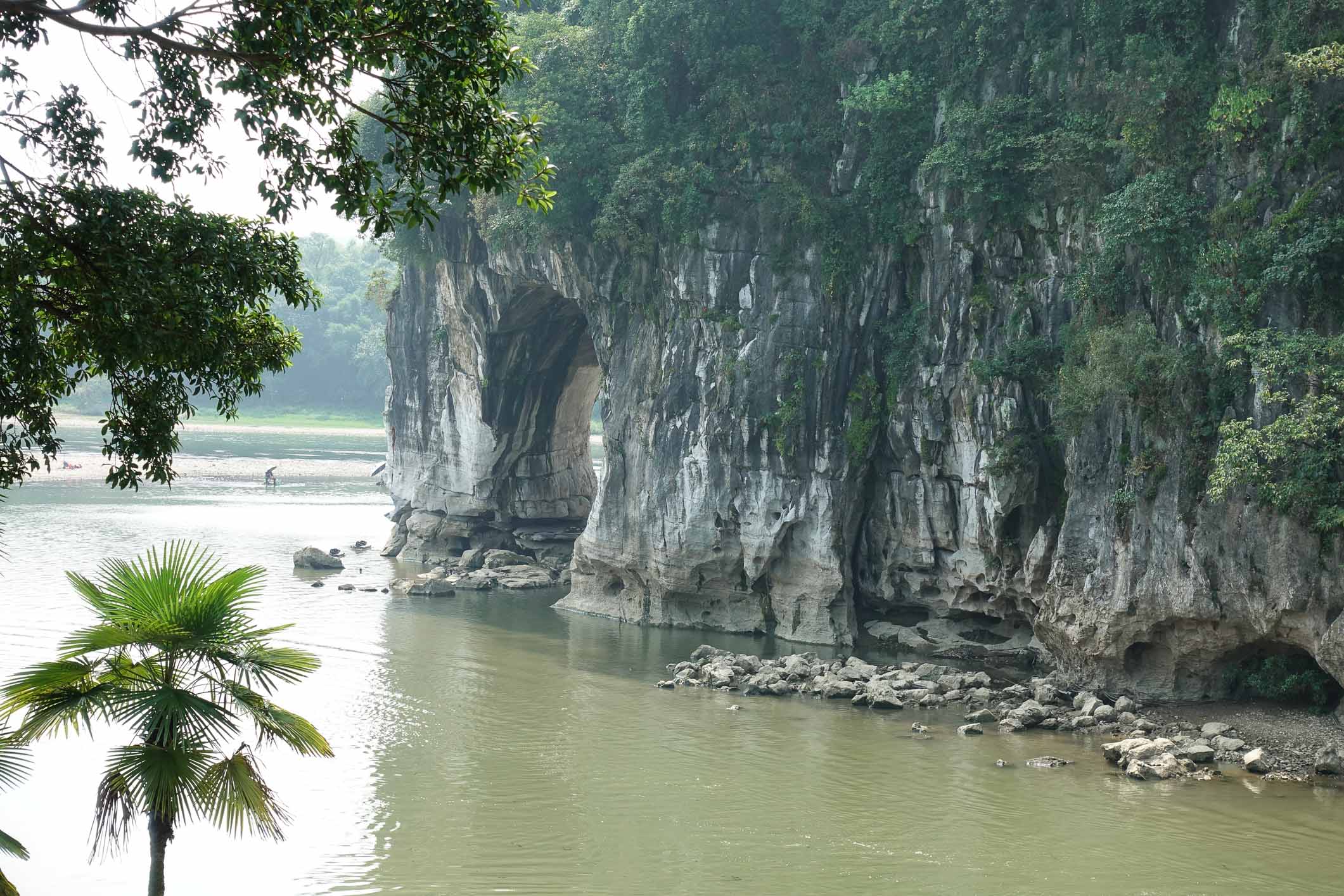
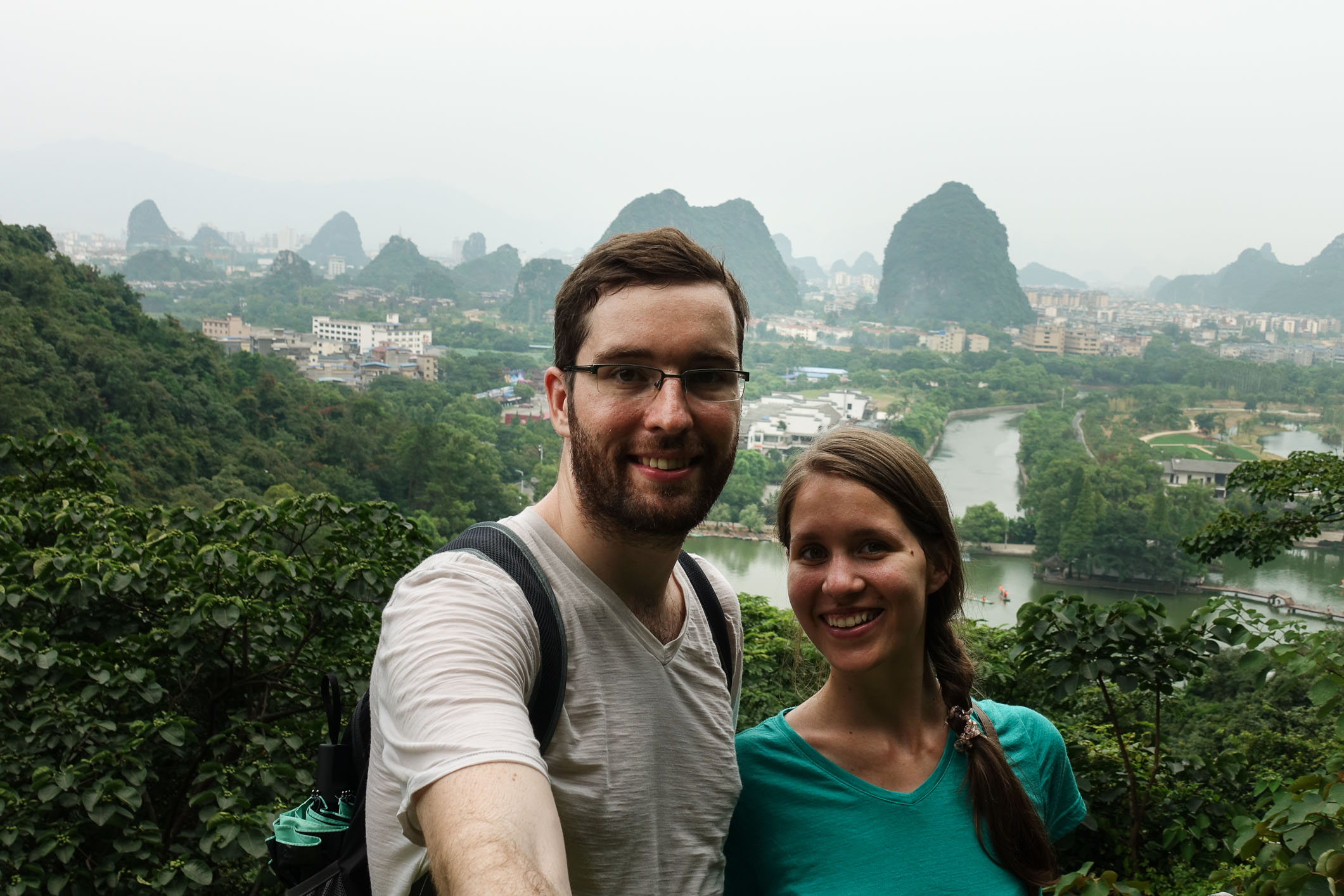
Reed Flute Cave
A mészkő talajból eredően elég sok barlang van a környéken. Az egyik legrégebben látogatott ilyen barlang az úgy nevezett Reed Flute Cave, azaz nádsíp barlang (a neve onnan ered, hogy a barlang előtt nádsípakat készítettek). Hatalamas cseppköveit színes fényekkel világítják meg illetve egy nagyobb termében még a kialakulásának történetét is levetítik. Ezen kívül 7 teknősfaj él a barlangban, amik a kínaiknak a hosszú életet jelképezik. Ezért például állításuk szerint az egyik teknős amit megfoghattunk az 1300 éves volt. Úgy néz ki ez az információ még nem jutott el a világ tudósaihoz, akik szerint az eddig legidősebb teknős 255 évig élt.
Due to the limestone rocks and erosion a lot of caves have formed in the region. One of the most popular ones is the Reed Flute Cave (the name comes from people making reed flutes outside the cave). The huge stalactites and stalagmites were illuminated with colorful lights and there was even a projection on the cave ceiling of the forming of these caverns. The caves are also home to 7 species of turtles which for the Chinese symbolizes longevity. According to them one of the turtles we stroked was a 1300 old specimen. Looks like they forgot to inform the wider scientific community and are hiding their discovery in a cavern, since the oldest turtle ever lived was 255 years old.
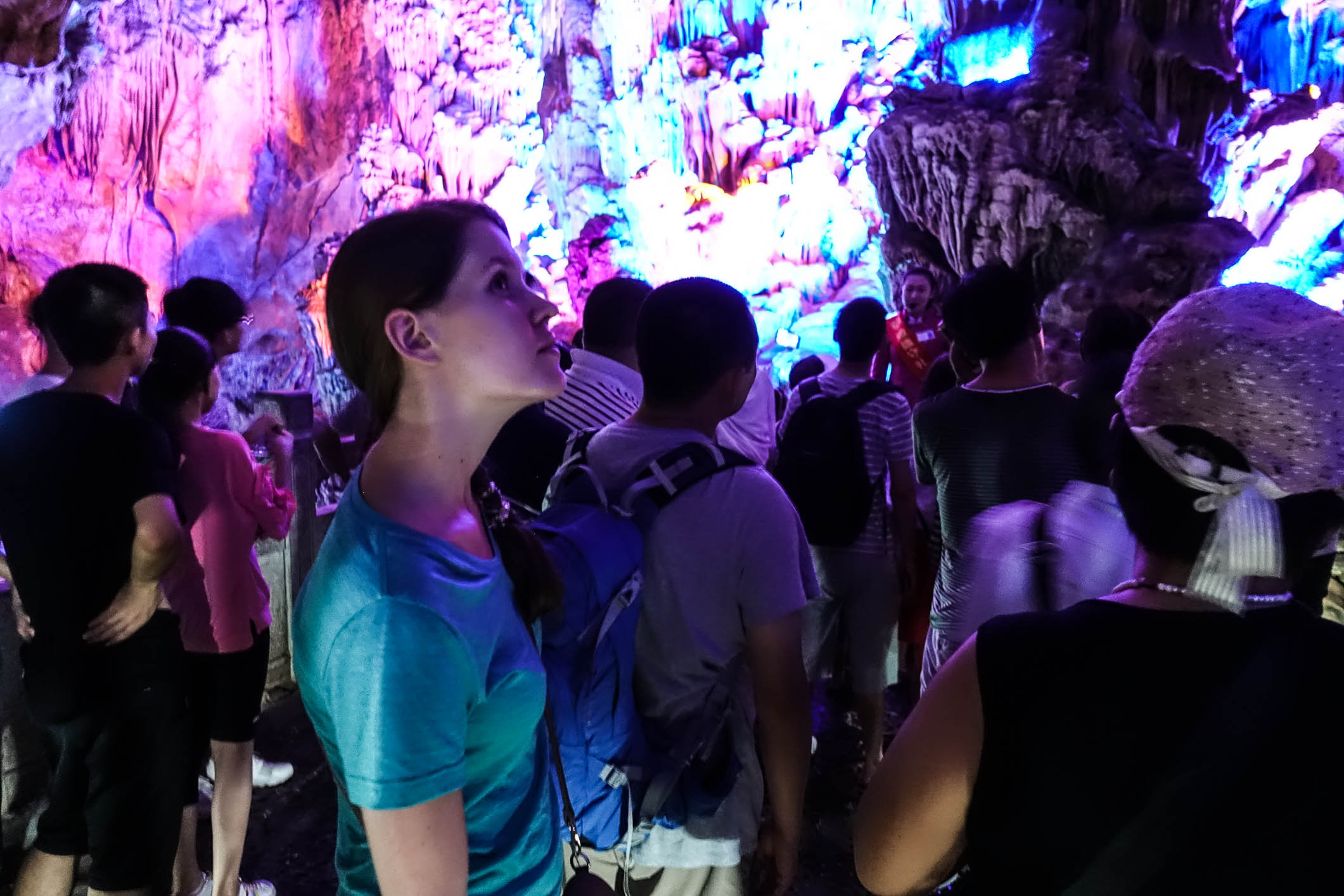
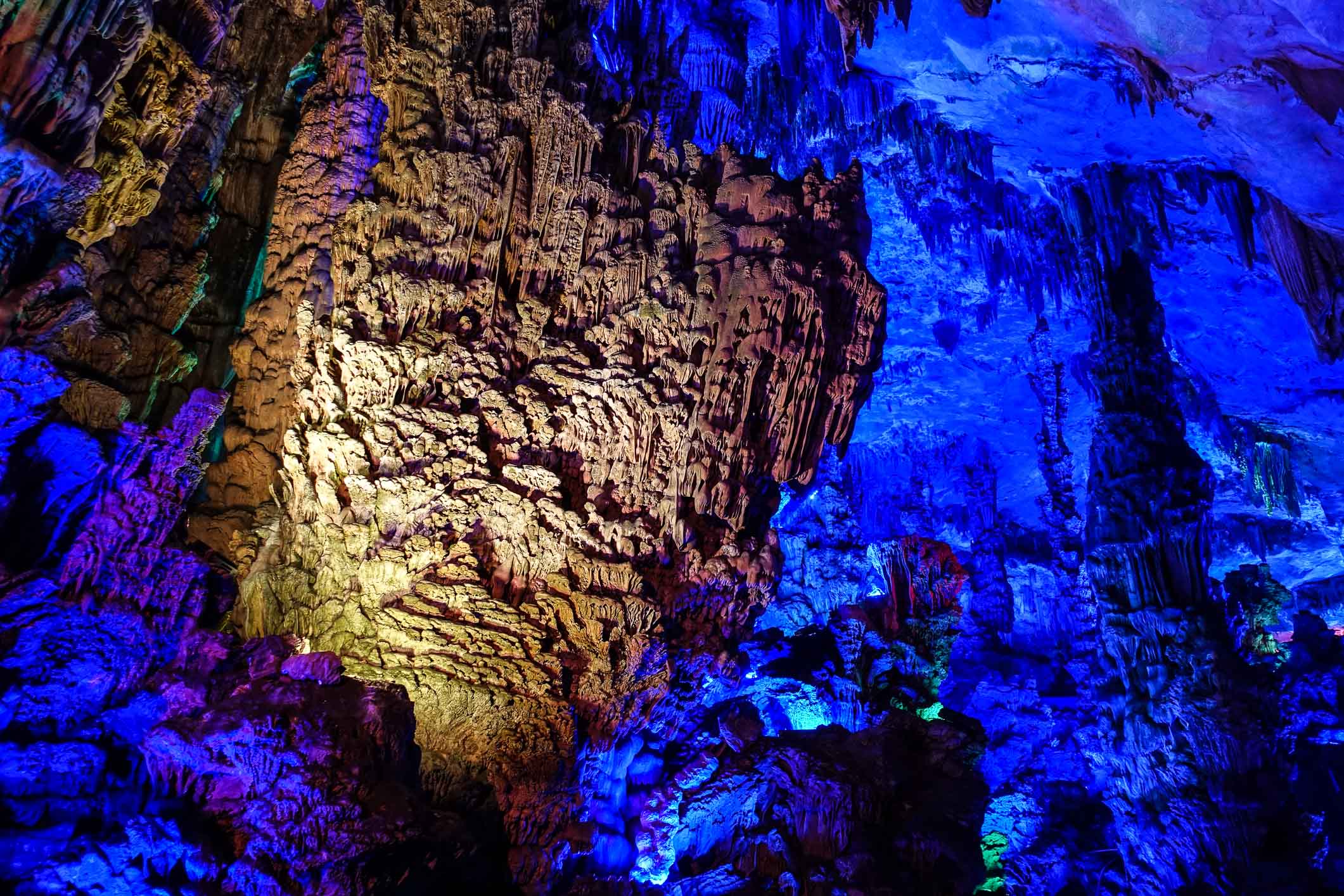
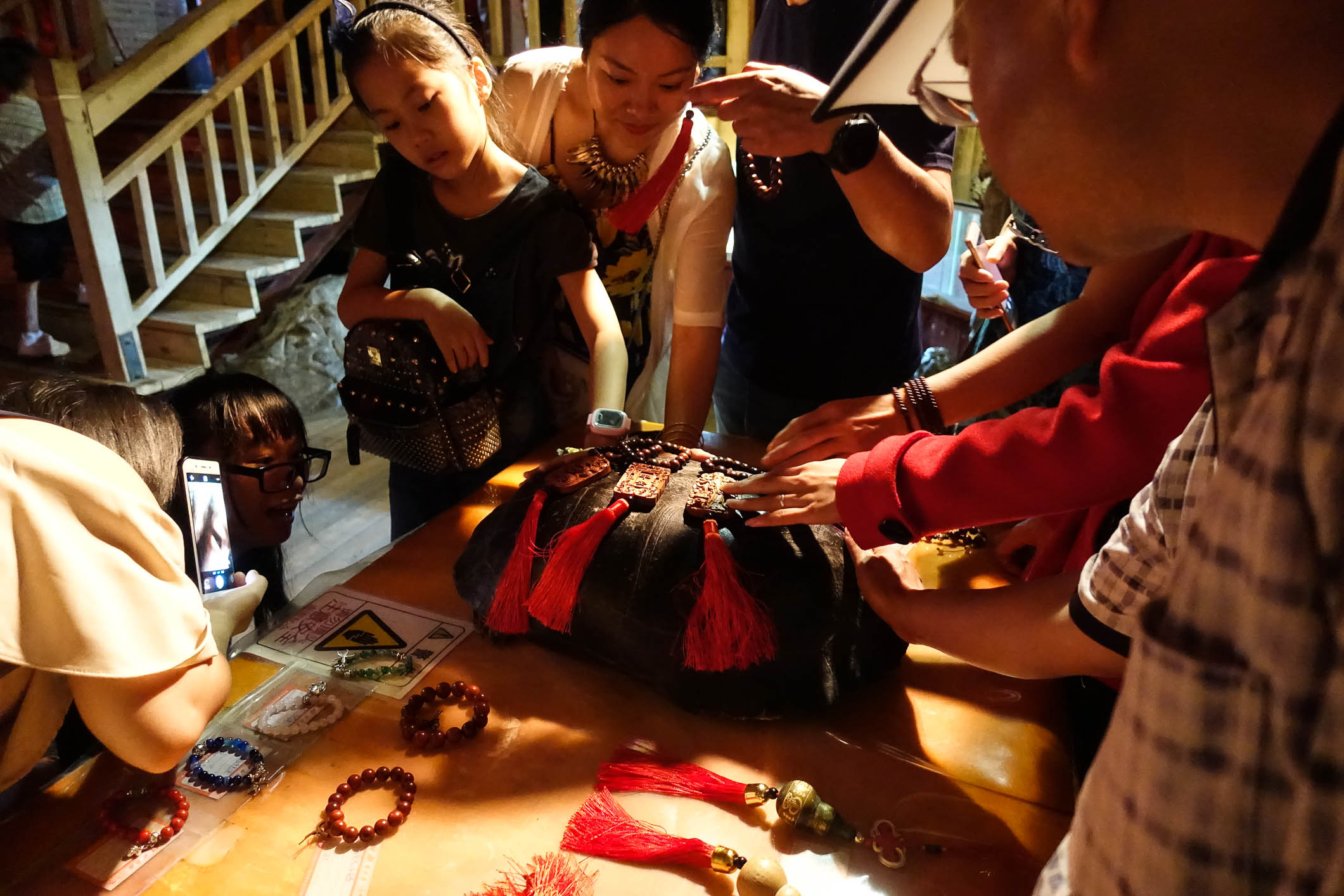
Az 1300 éves teknős | The 1300 year old turtle


